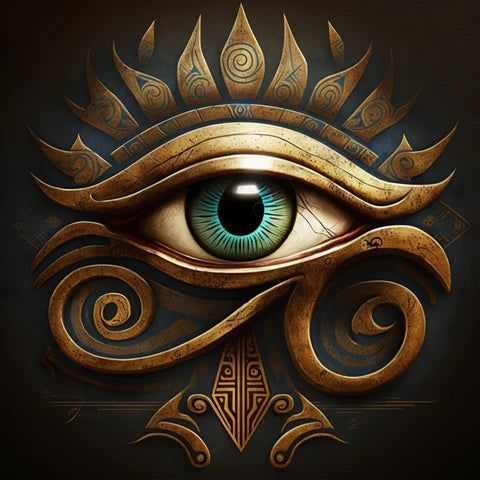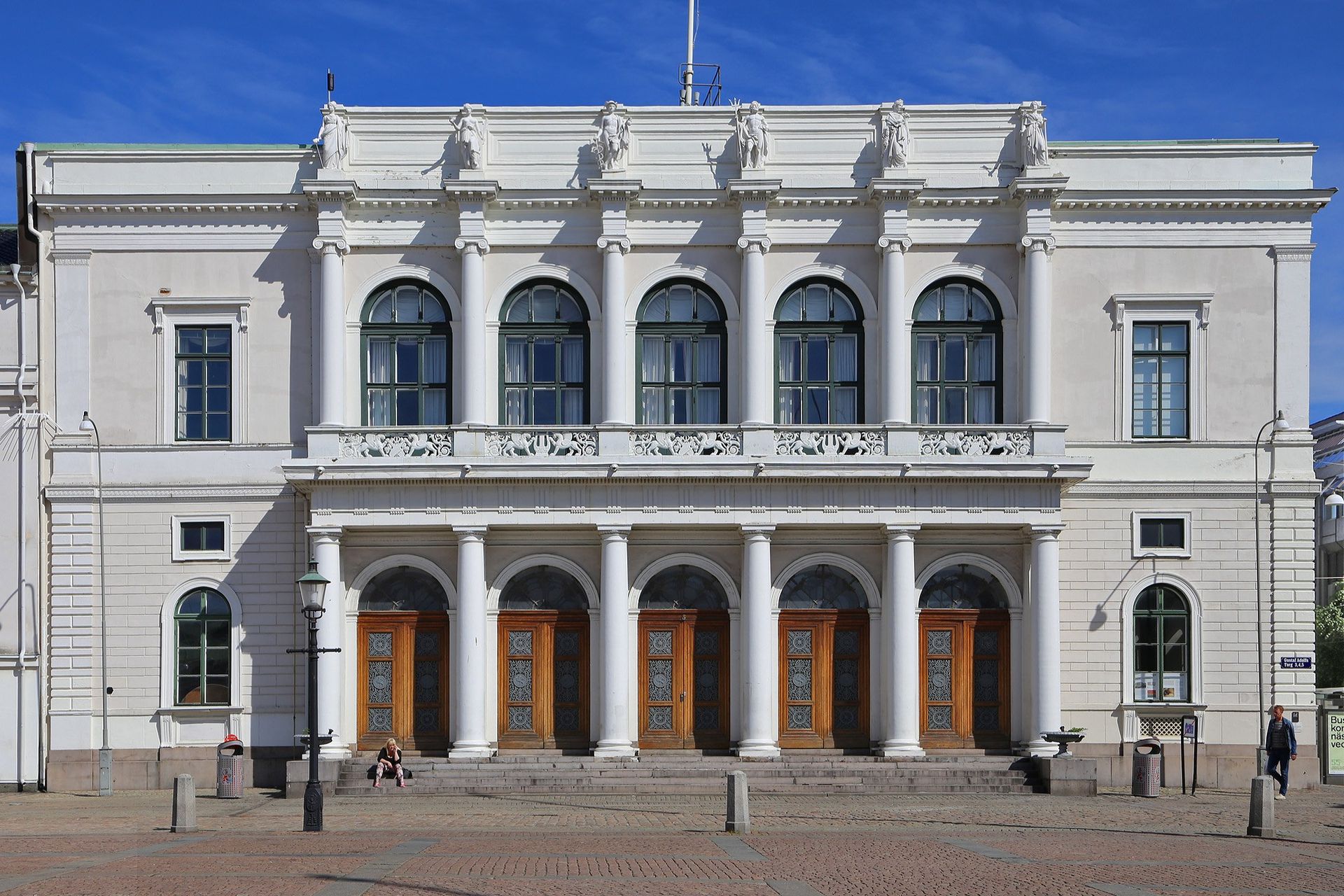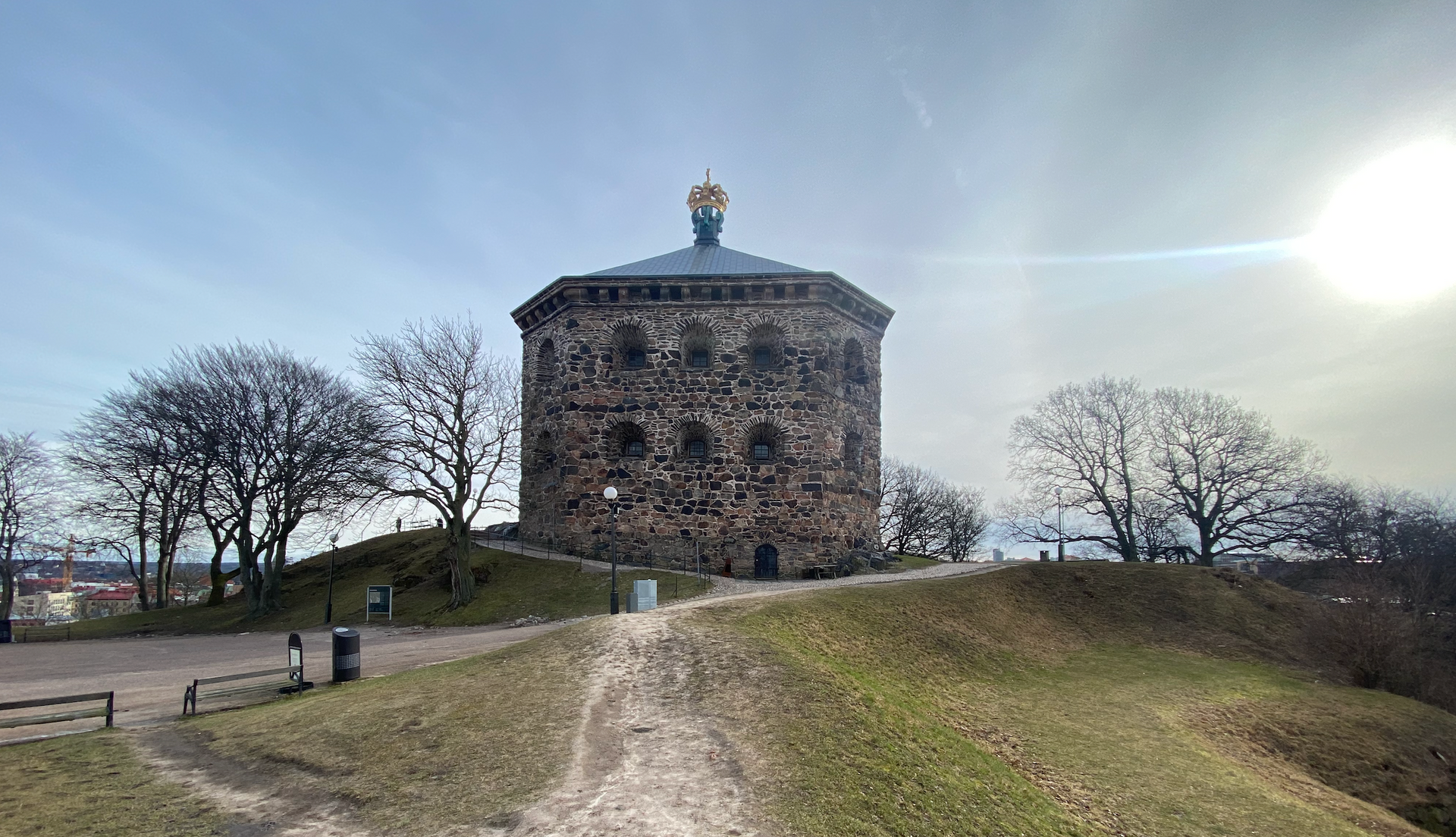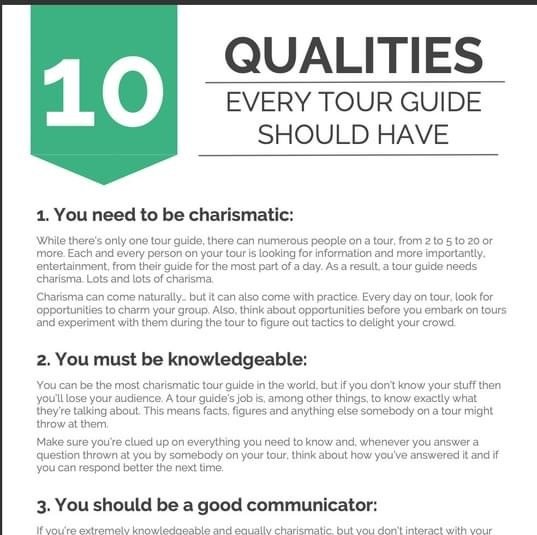Exploring Luxor: Egypt's Ancient Heartbeat

Luxor, often referred to as the "world’s greatest open-air museum," is one of the most iconic cities in Egypt. It’s located along the Nile River in Upper Egypt and was once the capital of the ancient Egyptian New Kingdom. Today, Luxor stands as a testament to Egypt's glorious past, with magnificent temples, tombs, and monuments that provide insight into the country's rich history.
Here are some of the must-visit attractions in Luxor, along with some fascinating facts:
1. The Valley of the Kings
- What to see: This is where many of the pharaohs of the New Kingdom, including Tutankhamun, Ramses II, and Seti I, were buried. Visitors can explore the tombs and marvel at the intricate wall paintings that depict the pharaohs' journey to the afterlife.
- Fun Fact: There are over 60 tombs in the Valley of the Kings, but only a few are open to the public. The tomb of Tutankhamun was discovered in 1922 by Howard Carter, and it is one of the most significant archaeological finds in history.
2. Karnak Temple Complex
- What to see: The largest religious building ever constructed, Karnak is a massive complex dedicated to the Theban Triad (Amun, Mut, and Khonsu). The site includes towering pylons, majestic obelisks, and the famous Hypostyle Hall with 134 enormous columns.
- Fun Fact: The construction of Karnak spanned over 2,000 years, and it was expanded and renovated by almost every pharaoh from the Middle Kingdom to the Ptolemaic period.
3. Luxor Temple
- What to see: Located in the heart of modern Luxor, the Luxor Temple was dedicated to the god Amun. It is known for its grand avenue of sphinxes that once connected it to Karnak Temple, and its striking obelisk that stands tall in front of the entrance.
- Fun Fact: Unlike other temples in Egypt, Luxor Temple was never built for tombs or rituals associated with the afterlife. It was instead a place for the coronation of kings and religious celebrations.
4. Temple of Hatshepsut
- What to see: A stunning mortuary temple dedicated to one of Egypt's few female pharaohs, Hatshepsut. Located in the Valley of the Kings, it features terraces that rise dramatically from the desert floor, with intricate reliefs depicting her divine birth and successful reign.
- Fun Fact: Hatshepsut's temple is often considered one of the most beautiful in Egypt. After her death, attempts were made to erase her memory, with many of her statues and inscriptions destroyed.
5. The Colossi of Memnon
- What to see: These two giant statues stand at the entrance of the mortuary temple of Amenhotep III. Each statue stands over 18 meters tall and represents the pharaoh seated on his throne.
- Fun Fact: The statues became famous in ancient times for the strange "singing" noise they made at dawn due to the atmospheric conditions, which led to various myths and legends about the statues.
6. Nile River Cruise
- What to see: A cruise along the Nile offers the perfect view of the city and its surrounding landscapes. As you sail, you’ll get to see many of Luxor’s famous temples and tombs from the river itself, including the iconic Temple of Karnak.
- Fun Fact: The Nile is the longest river in the world, stretching over 6,650 kilometers, and has been central to Egyptian civilization for thousands of years.
7. Luxor Museum
- What to see: The Luxor Museum is a treasure trove of ancient artifacts, with a fine collection of statues, mummies, and pottery from the Theban Necropolis. The museum's displays offer insight into the city’s role as the ancient capital of Egypt.
- Fun Fact: The museum houses the famous statue of the young Tutankhamun, which was found in the Valley of the Kings.
8. The Temple of Medinet Habu
- What to see: This temple is dedicated to Ramses III and is known for its well-preserved reliefs and intricate carvings. The temple is surrounded by massive walls and features remarkable depictions of Ramses III’s victories.
- Fun Fact: Medinet Habu was the site of several important battles and is often considered a hidden gem for those looking to explore Luxor off the beaten path.
Interesting Facts about Luxor:
- City of Thebes: Luxor was the ancient city of Thebes, the capital of Egypt during the Middle and New Kingdoms. It was the center of the Egyptian world, both politically and religiously.
- UNESCO World Heritage Site: The vast collection of monuments in Luxor is classified as a UNESCO World Heritage site due to its historical and archaeological significance.
- Best Time to Visit: The best time to visit Luxor is during the cooler months, between October and April. Temperatures in summer can reach over 40°C (104°F), so it’s best to avoid the peak heat.
Luxor is an enchanting destination for travelers interested in ancient Egyptian history. With its magnificent temples, awe-inspiring tombs, and fascinating stories from the past, it remains one of the top historical destinations in the world.
Whether you're exploring the tombs in the Valley of the Kings or gazing up at the towering columns of Karnak Temple, Luxor offers a glimpse into the grandeur of ancient Egypt that’s unlike any other place on Earth.
Related Tours
-
Private Trip To Dendara And Abydos Temple's In LuxorList Item 1
Explore the stunning Dendera Temple and the ancient Abydos Temple on a private tour from Luxor. Discover well-preserved carvings, vibrant ceilings, and deep historical significance!
-
Hot Air Balloon Ride Over Luxor Temple'sList Item 2
Experience the magic of Luxor from above with a breathtaking hot air balloon ride! Soar over the Nile, ancient temples, and the Valley of the Kings at sunrise for unforgettable views.
-
Private Half-Day Tour of Karnak and Luxor TempleList Item 3
Embark on a private half-day tour to explore the majestic Karnak and Luxor Temples. Discover ancient wonders, fascinating history, and breathtaking architecture with an expert guide.
-
Colossi of Memnon, Queen Hatshepsut Private Day TourList Item 4
Experience the magic of Luxor with our Day Tour to the East and West Banks of the Nile. Step back in time as you visit the Valley of the Kings, where ancient pharaohs were laid to rest.
Guiding Training & Insights


















